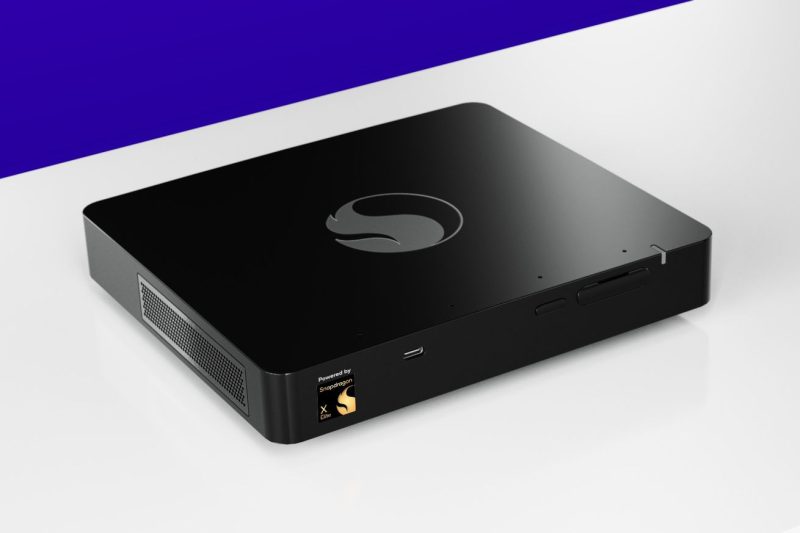Qualcomm Cancels Its Miniature Windows on ARM PC
Qualcomm’s decision to cancel its plans for a miniature Windows on ARM PC has caused a stir in the tech industry. The miniature PC was set to revolutionize the way we interact with technology, offering a portable and efficient device powered by Qualcomm’s Snapdragon processor. However, the announcement of its cancellation has left many wondering about the reasons behind this decision and what it means for the future of Windows on ARM devices.
One of the primary reasons cited for the cancellation of the miniature PC is the lack of developer support for Windows on ARM. Despite Microsoft’s efforts to create a robust ecosystem for ARM-based devices, the platform has struggled to gain traction among developers. This lack of support has resulted in a limited selection of apps optimized for ARM processors, making it difficult for users to fully utilize the capabilities of the miniature PC.
Another factor that may have contributed to Qualcomm’s decision is the competitive landscape of the tech industry. With major players like Apple and Google dominating the market with their own ARM-based devices, Qualcomm may have felt that the miniature PC would not be able to compete effectively. Additionally, the rising demand for 5G connectivity and IoT devices may have prompted Qualcomm to shift its focus away from the miniature PC project.
Despite the cancellation of the miniature PC, Qualcomm remains committed to developing innovative technologies for the future. The company has a strong track record of creating cutting-edge products and solutions, and it is likely that we will see more exciting developments from Qualcomm in the coming years.
In conclusion, the cancellation of Qualcomm’s miniature Windows on ARM PC is a setback for the tech industry, but it also serves as a reminder of the challenges and uncertainties that come with pushing the boundaries of innovation. While the miniature PC may not have come to fruition, the experience gained from the project will undoubtedly inform future endeavors and help shape the future of technology.

